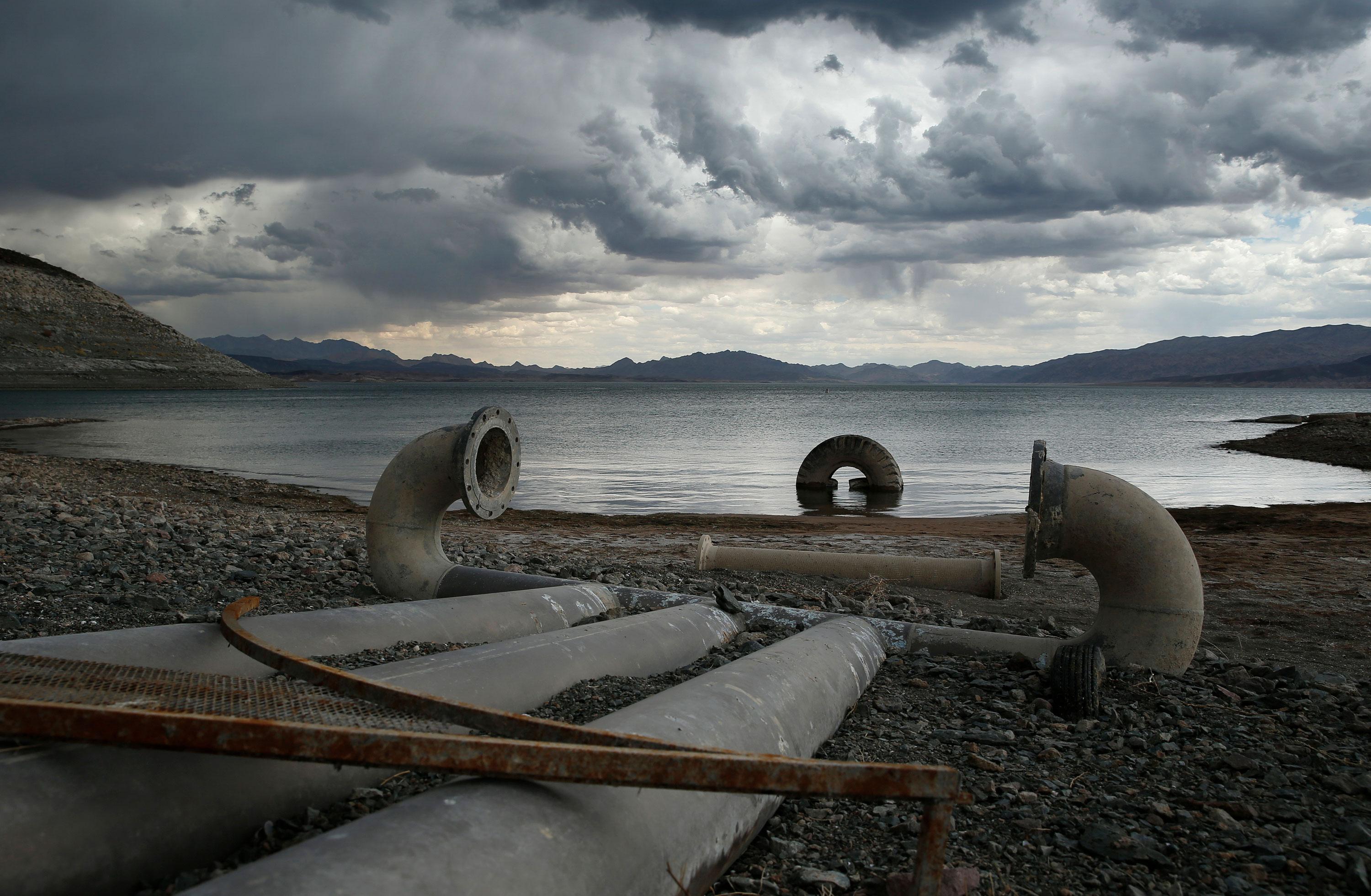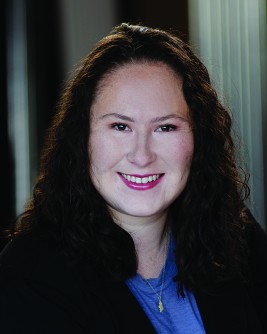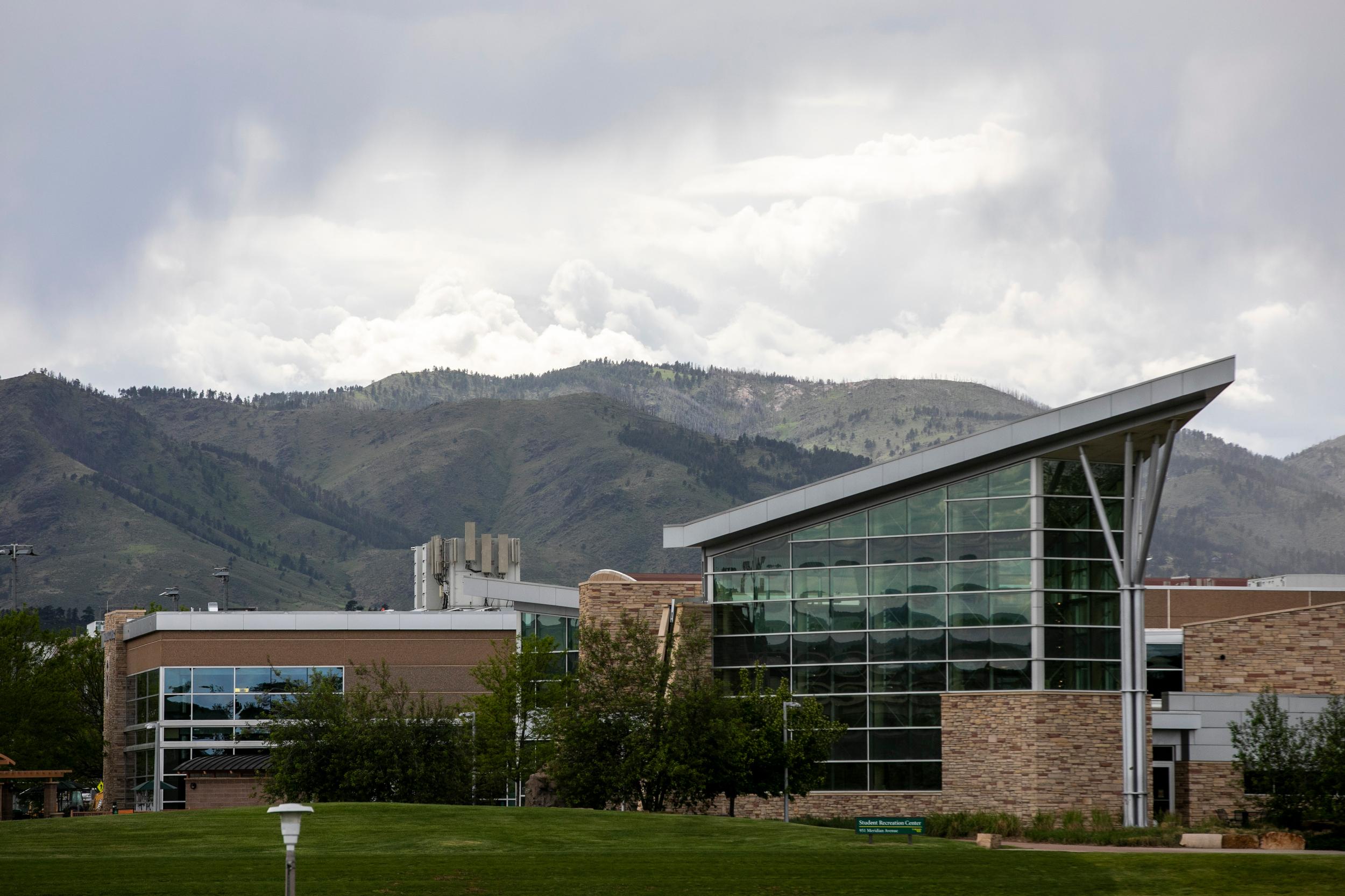

It was a warm, dry, hail-filled 2018.
Colorado’s summer was much warmer than usual, especially in the western side of the state, according to Colorado Climate Center climatologist Becky Bolinger. Most of the state had far more 90 and 100 degree days than average.
While the number of 90 plus degree days between July and August remained near average, many of those hot days came earlier (June) and stayed later (September).
For southwest Colorado, it was a record warm year. Bollinger said the only thing keeping the average temperature below records in the rest of the state was a colder than average November and December.
2018 in Pueblo: Average Temperature: 54.5F. Tied (1933) as 10th warmest year on record. Precipitation: 7.72 inches (4.85 inches below normal) 14th driest year on record in Pueblo. A more detailed 2018 climate summary for Pueblo can be found at: https://t.co/YqQ5PA0k8j #cowx
Data collected by the National Weather Service at Denver International Airport said 2018 was the sixth driest year on record for the metro area. In the epicenter of the state’s drought — the Four Corners — things were more dire.
The drought in southwest Colorado may have started last winter, but it spread and intensified over the year. For Bolinger, it was the start of what she calls “a snow drought” — low snow levels lead to low spring runoffs. That lead to lower than average water levels in the state’s reservoirs. And then there was a dry summer, lack of monsoon moisture and warm temperatures.
“It led to probably one of the worst droughts that area has seen in its recorded history,” Bolinger said.
Hail was also unusual in 2018. While Colorado did not experience more hailstorms than usual, Bolinger said the state did get larger individual hailstones — more stones exceeded two inches in diameter than compared to last year.
Five animals at the Cheyenne Mountain Zoo died after one severe hailstorm hit Colorado Springs in August, Bollinger recalled.
2018 in Colorado Springs: Average Temperature: 51.2F. Tied (2015) as 8th warmest year on record. Precipitation: 15.41 inches (1.13 inches below normal) A more detailed 2018 climate summary for Colorado Springs can be found at: https://t.co/PaHTuPQaLH #cowx
Going into 2019, Colorado needs to make up for a significant snow deficit, Bollinger said.
“It’s really important that we get some ample snowstorms hitting those southern San Juan Mountains,” she said. “The reason that impacts the whole state is because of the amount of water that we have to send out of the state each year as a part of the water we share from the Colorado River.”
The San Juan, San Miguel and Dolores rivers in southern Colorado are all part of the Colorado River Basin. If those rivers don’t produce their fair share, “the other areas have to pick up the slack. When there’s increased pressure in other parts of the state, we’re all going to feel it.”
The seven southwestern states that depend on the Colorado face an end of January deadline to come to an agreement on drought contingencies.
So, what should Colorado look for weather-wise in the new year? Bollinger expects more of the same.
“We’re still going to get cold snaps and snow events, but it would not be surprising to see the Front Range with lower than average snow this season,” she said. “And it would not be surprising if we had many months in 2019 that are warmer than average. That’s just the general direction our climate is heading right now.”









